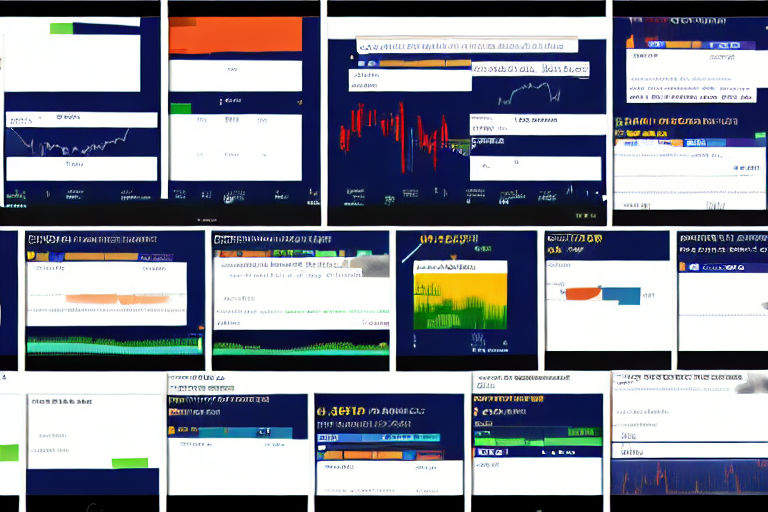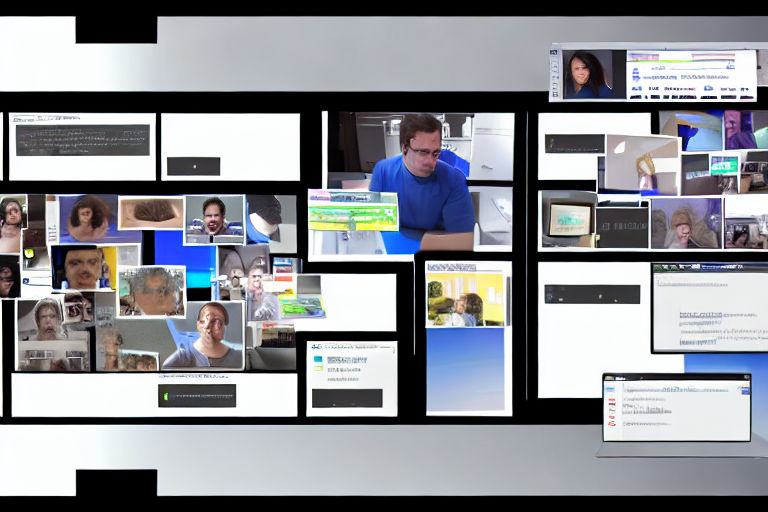Real-Time Applications with JavaScript: A Tutorial on AJAX and WebSockets
The world of web development has evolved greatly over the years, and one of the major advancements that have been made is the ability to create real-time web applications. Real-time web applications allow users to receive immediate responses from web servers, making the overall experience much more interactive and engaging.
Two of the popular technologies used for building real-time web applications are AJAX and WebSockets. In this tutorial, we will explore the basics of AJAX and WebSockets and compare how they can be used for building real-time applications.
AJAX
AJAX stands for Asynchronous JavaScript and XML. It is a technique used for creating fast and dynamic web pages by sending data to the server and receiving responses in the background, without requiring the page to be reloaded. With AJAX, users can perform actions on a web page without it having to be fully reloaded.
AJAX is typically used for sending small amounts of data to the server or fetching data from the server. It allows developers to create a smoother, faster, and more responsive web application by minimizing the amount of data that needs to be transferred.
WebSockets
WebSockets, on the other hand, is a protocol that provides full-duplex communication channels over a single TCP connection. It allows communication between the client and server in real-time, without the need for the server to push data to the client or for the client to keep polling the server for updates.
WebSockets provide a persistent connection between the client and server, allowing data to be sent and received at any time. This makes it ideal for building real-time web applications that require constant communication between the client and server.
AJAX vs. WebSockets
Both AJAX and WebSockets have their own strengths and weaknesses, and the choice between the two will depend on the specific requirements of the web application being developed.
AJAX is ideal for scenarios where a small amount of data needs to be sent to the server or where data needs to be fetched from the server. It is also suitable for creating applications that do not require real-time updates.
On the other hand, WebSockets are ideal for building applications that require real-time communication between the client and server. It is suitable for applications such as messaging apps, online gaming, and stock trading applications.
Conclusion
In conclusion, AJAX and WebSockets are two powerful technologies that have revolutionized the world of web development. AJAX is great for fetching small amounts of data from a server, while WebSockets provide full-duplex real-time communication between the client and server.
When building real-time web applications, it is important to choose the right technology based on the specific requirements of the application. By understanding the strengths and weaknesses of AJAX and WebSockets, developers can create powerful and efficient web applications that provide a seamless experience for users.





